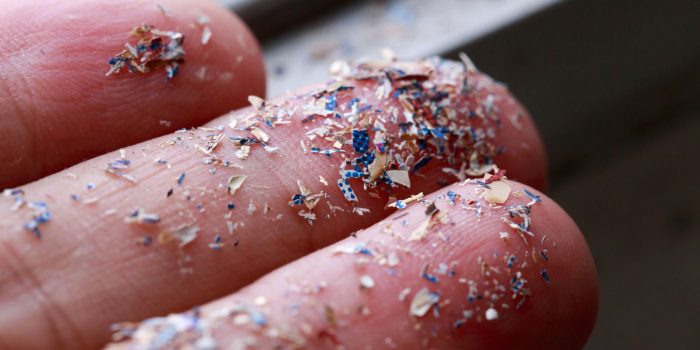Microplastics have become ubiquitous, infiltrating various environments, and a recent Chinese study has highlighted their surprising presence within the human heart.
In the study, medical experts have unveiled an unsettling revelation – the infiltration of microplastics within human hearts before and after cardiac surgery. The research, led by Kun Hua and Xiubin Yang of Beijing’s Capital Medical University, involved the meticulous collection of heart tissue samples from 15 individuals undergoing cardiac surgeries. Additionally, blood samples were obtained from these patients pre-and post-surgery, revealing a disturbing connection between microplastics and heart health.
The minuscule plastic fragments, comparable in size to erasers or more minor, can infiltrate the human body through various entry points, such as the mouth, nose, and other bodily openings. However, the complete scope of microplastic presence within the body remains elusive, as most organs and tissues are enclosed within protective barriers.

Employing laser direct infrared imaging, the research team scrutinized the collected samples, uncovering particles ranging from 20 to 500 micrometers wide, constructed from eight diverse plastic materials. These included polyethylene terephthalate, polyvinyl chloride, and poly(methyl methacrylate). Astonishingly, most tissue samples exhibited tens of thousands of individual microplastic fragments. Notably, even the blood samples contained traces of plastic particles, though the average size of these particles witnessed a reduction post-surgery.
The study’s outcomes were recently shared in the Environmental Science & Technology journal by the American Chemical Society. Although the study was relatively small in scale, its implications extend far beyond its size. It offers a preliminary glimpse into the possibility of microplastics accumulating within the heart and persisting in that vital organ.

This research further underscores a commonly disregarded pathway for microplastic exposure – invasive medical procedures. This avenue of contamination has been largely overlooked until now, as highlighted by the authors in a news release from the society.
While these findings hold substantial implications, they also serve as a starting point for further comprehensive investigations into the potential effects of microplastics on the cardiovascular system. The imperative task involves a deeper understanding of how these minute particles could impact human health when nestled within such a critical organ.
The study was published in the journal Environmental Science & Technology.


